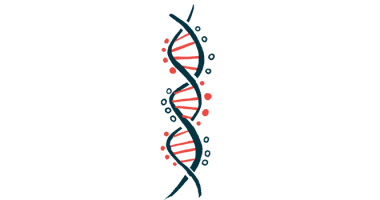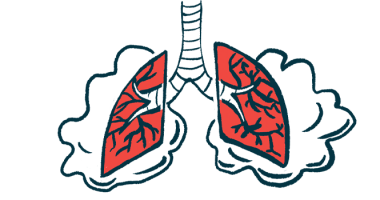FAQs about late-onset Pompe disease
Late-onset Pompe disease is an inherited disorder that causes muscle weakness and breathing problems. It is caused by mutations in the GAA gene, leading to reduced levels of an enzyme that breaks down a complex sugar called glycogen. In people with Pompe disease, glycogen cannot be broken down, and builds to toxic levels inside cells, especially in muscle cells. Late-onset Pompe disease typically manifests after 1 year of age through to adulthood.
At this point in time, there is no cure for late-onset Pompe disease. Treatment consists of enzymatic replacement therapy or the combination therapy Pombiliti + Opfolda, along with treatment of the pulmonary, neuromuscular, orthopedic, and gastrointestinal symptoms of late-onset Pompe disease in order to slow the progression of the disease.
Worldwide, the incidence of late-onset Pompe disease is estimated to be 1 person in 57,000, but the disease’s incidence varies among different geographical regions and ethnic groups. Among people of European descent, late-onset Pompe affects 1 of every 60,000 people.
It is an autosomal recessive inherited disease, which means late-onset Pompe disease is inherited when a person receives two mutated copies of the GAA gene, one from each biological parent.
Life expectancy for people with late-onset Pompe disease can range from early childhood to late adulthood. This is affected by the progression of the disease, respiratory issues, and other co-morbidities.
Related Articles

 Fact-checked by
Fact-checked by 





